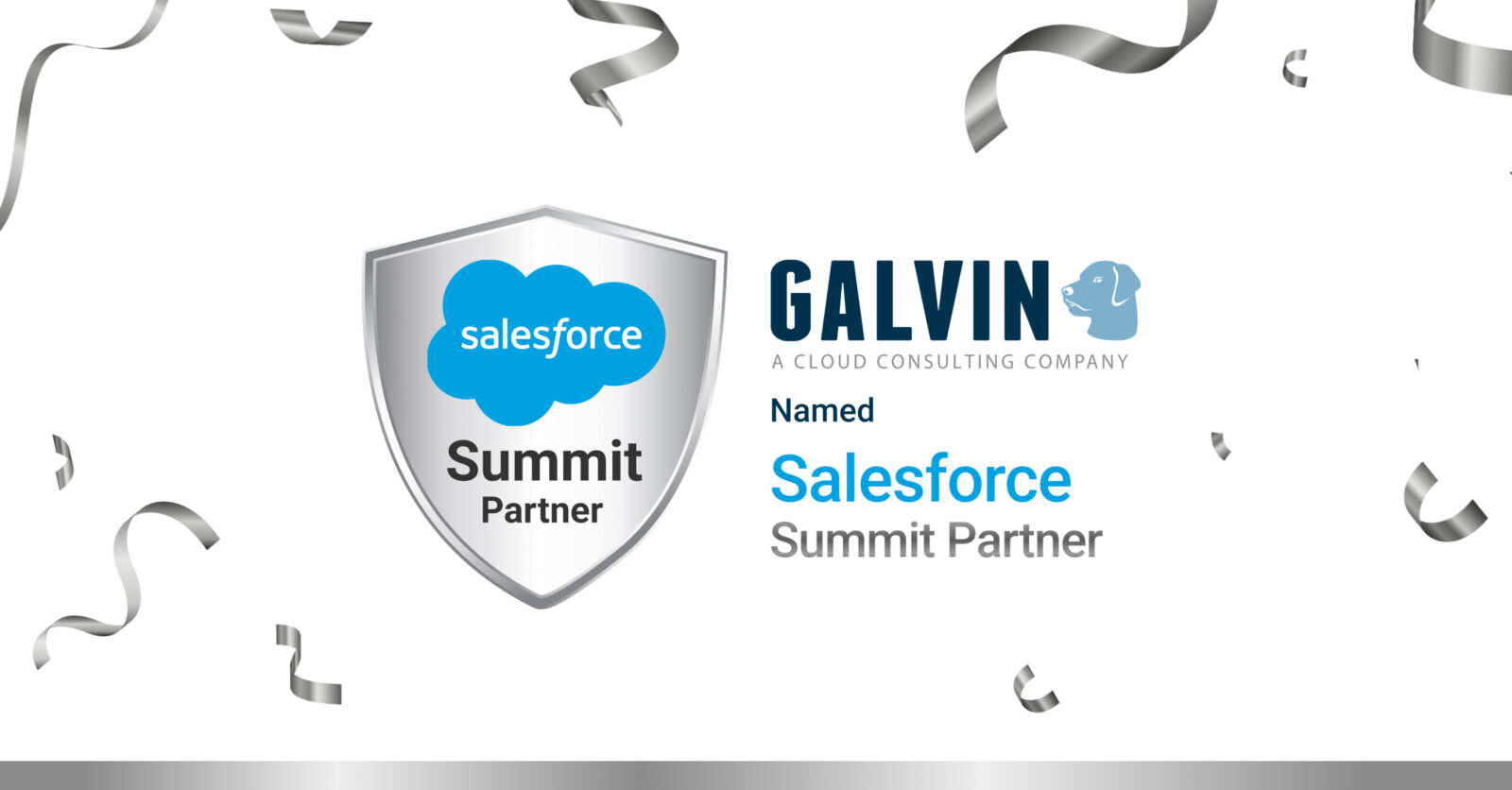What is Big Data?
As a society we are generating new data now like never before in history. And, as a result, many companies are developing more solutions to collect the data each of us generates each day. Not too long ago the only reliable data point that companies had on their customers was their contact information. But now companies are able to gather data on customers, they previously couldn’t. Companies may now know what their customers are tweeting, how often they fill their gas tanks, what groceries they buy, their health, their car, etc. I could go on and on. But essentially companies have access to more data then they know what to do with and unfortunately it is sitting somewhere in a database in its most raw form not being used.

Just as an example, earlier in 2012 Galvin Technologies completed a project with a major university to analyze the foot traffic of students using the rec center. Each time a student entered the university’s rec center they had to swipe their student ID. Not only did the swipe of the student ID provide access to the rec center but it also recorded the student’s information in a database. The obstacle this university had was that it had volumes of data on students who entered the rec center over the years, but they didn’t have it in a usable format, such as to show trends or analytics that could be reported back as the foundation for business intelligence and the basis for good planning and business decisions.
Once we were able to develop a solution that organized the data, it ultimately got presented into various reports and dashboard that the university was now able to use. They now have a clearer picture to how the rec center had been and is being utilized and they are able to make decisions to improve security, traffic flow trends, forecast capital improvements, purchases and so on.
This university isn’t alone. IBM recently reports that half of all businesses and organizations don’t have access to the data intelligence they need to properly do their jobs. They are essentially making critical business decisions without knowing the data points. They are struggling with “Big Data,” which is data that can’t be processed or analyzed using traditional software applications and processes.
However, the market realizes that data is a gold mine for any company and when it is not organized in a presentable way then what’s the point of collecting it in the first place. As a result, it is predicted that in 2013, many companies, (including many of your competitors), will be putting emphasis on organizing their “Big Data.”
I typically mow my lawn on the weekends. But in the spring months, when we get plenty of rain, if I don’t mow my lawn in the middle of the week then I have a difficult task on the weekend because the grass is overgrown and too long to easily mow. Similarly, the intake of data is increasing at a pace like never before, so the ability to process it increasingly becomes more difficult, but it also represents a competitive advantage. . If the rate of data generated is increasing, then it becomes all the more imperative to have a plan for what to capture and what to do with the data sooner rather than later. The more one delays, the harder it becomes to catch up. Delay can be detrimental to a company’s competitive health.
The opportunity exists to better manage your data and it is not be intimidating. The good news is that there are many software and platform solutions that help companies get started with architecture of a more intelligent business infrastructure. Galvin Technologies has even created a whole model around helping businesses better understand and organize their data which creates opportunities for companies to better market to their audiences.
If you are ready to put a solution in place to organize your big data in 2013 then the first place to start is to ensure you are collecting the necessary data points you need to make decisions. If your applications are in individual “silos” (and often they are) then you need to start looking into an architecture and implementation strategy. There is not a golden nugget out there that will fix all this with the click of a button because every situation is presented with different requirements and challenges but know that there is a solution if done correctly.
Good luck!








